Description
It is no coincidence that the author introduces his novel with the final poem, “Al-Sameeh al-Qasim.” Perhaps an exceptional writer like Emile Habibi knows how expressive and significant it is for a novelist to choose a poem as the introduction to his novel, or any novel. “The Optimist” evokes in the reader’s mind the writer’s entire genius and his precedence, both as a contemporary and as a contemporary. It embodies, or perhaps chronicles, intellectually and narratively, a period of pain, challenge, and hope. It is a period that deserves for many concerned parties to pause and revisit its features and analyze its dimensions, at the very least. The life of the novel’s hero embodies that rupture between what is and what will come, between hope and frustration. As the author says, through the hero, it was all strange, and a strange life can only end with this strange ending. The name “Saeed Abu al-Nahs al-Mutashabis” matches its characterization, both in its creation and in its logic.
“After the first misfortune, in 1948, our family members were scattered among Arabs and settled in all the Arab countries that had not been occupied. I have relatives working in the court of the Al-Rabea family in the office of translation from and to Persian, and one of them specialized in lighting cigarettes for another monarch. One of us was a captain in Syria, a dignitary in Iraq, and a general in Lebanon.”
Despite what has been said about the novel since its publication, there is still much to be said. It is a novel of distinctive ideas and style, and it is wonderful for the reader to contemplate its atmosphere and feel a pang of conscience and pain sufficient for generations.

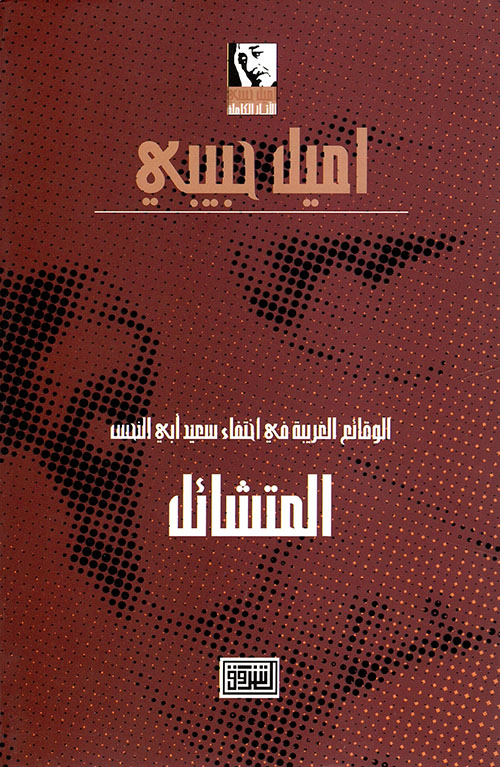
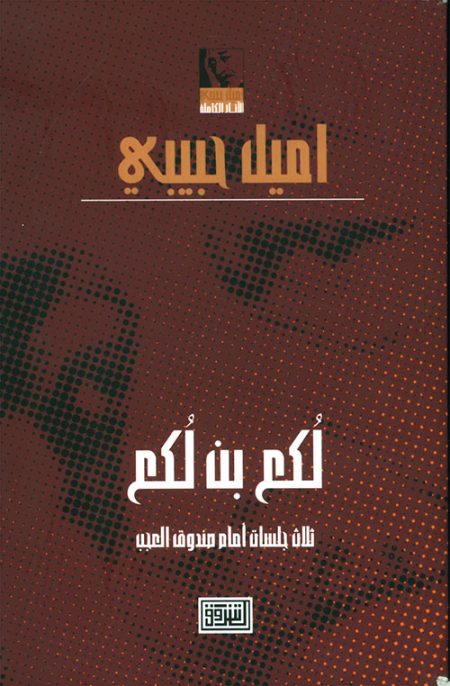
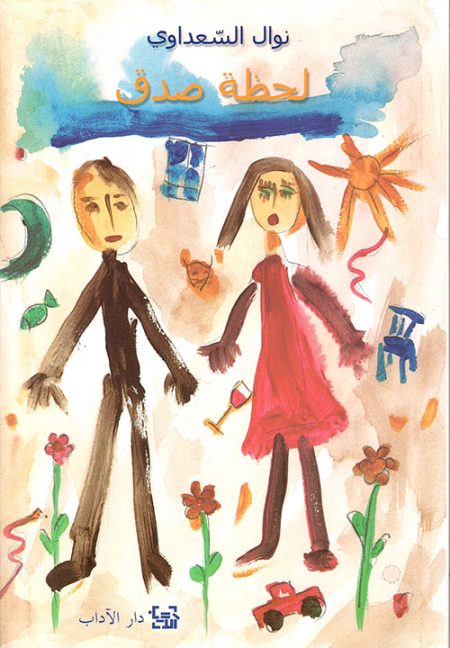
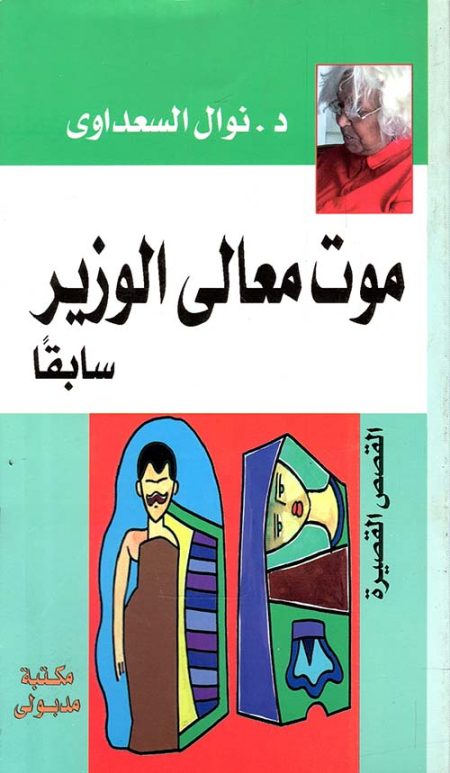
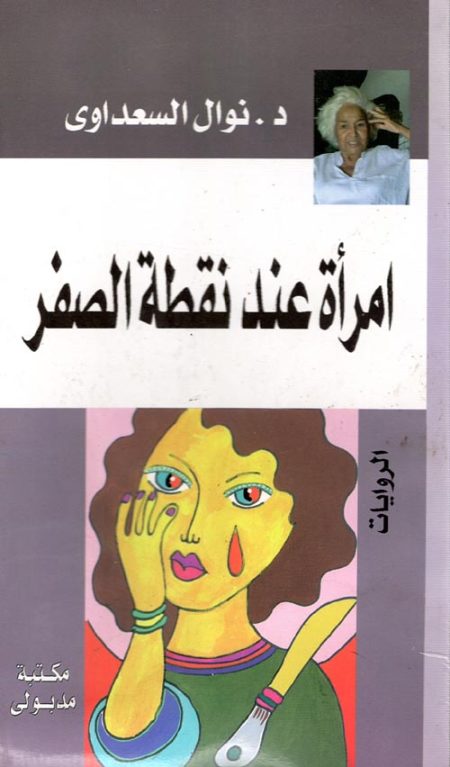
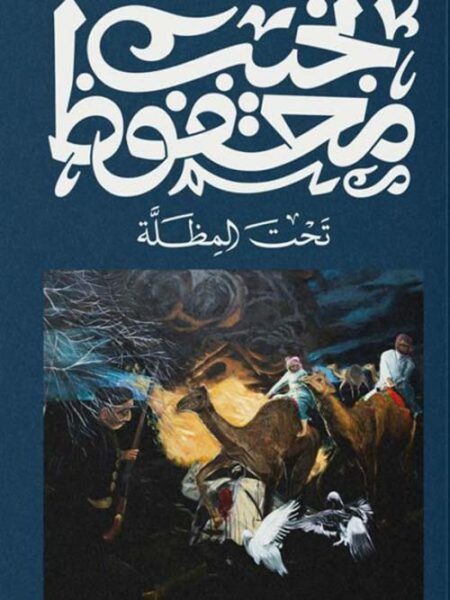

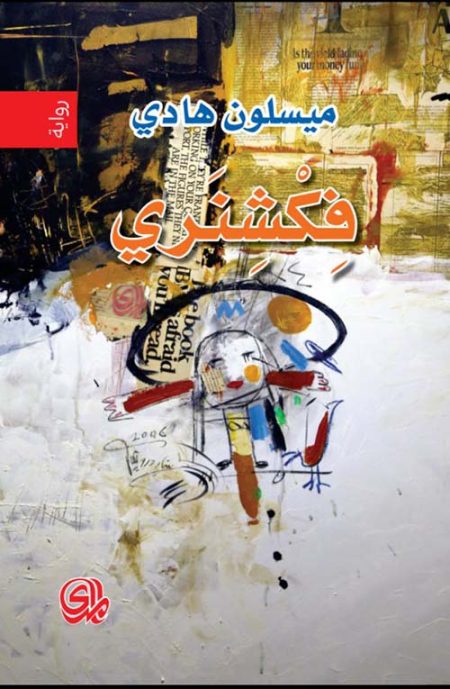



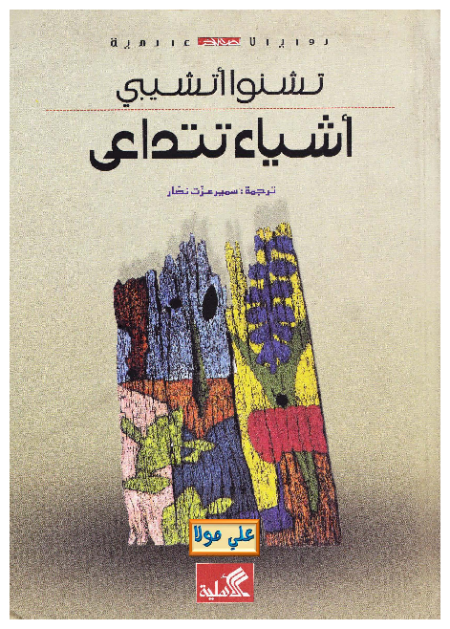
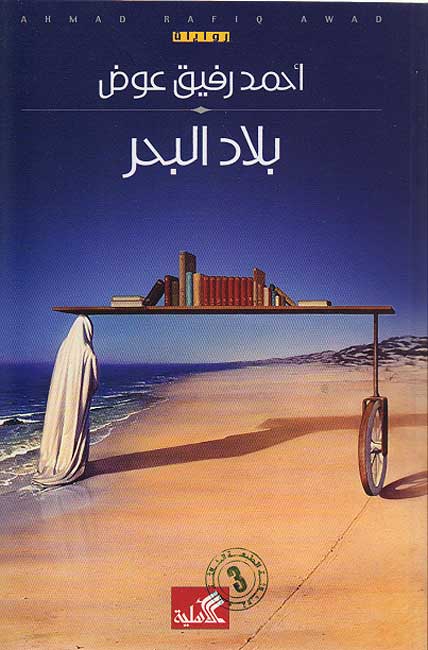

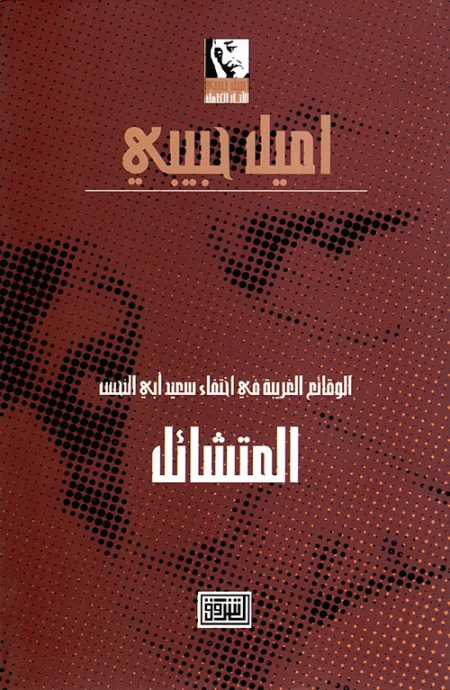
Reviews
There are no reviews yet.